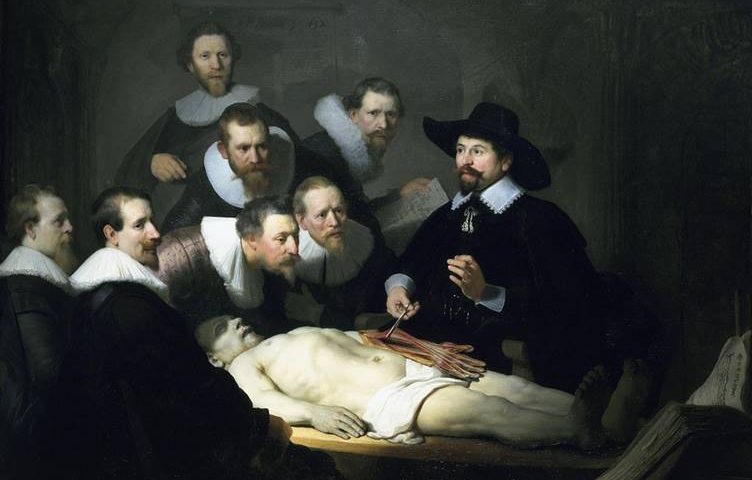Years ago, when I was serving as the chairperson of our Art program, I frequently received emails from community members asking for help from our students on various kinds of “art projects.” The inquiries were from people seeking everything from wedding photography to caricatures to murals. Sometimes, people only thought they needed an artist, when what they really needed was a skilled sign-painter, or a sheet-metal fabricator with lots of equipment.
All those who contacted me appeared to hold the same misconception: that Art students needed to “build their portfolios” and therefore, would be happy to work for low pay or, worse, for free. And, that the work would be “just as good” as if they hired a professional. The one-liner (in any form) that will always get a chuckle from an artist is, “You wouldn’t ask a medical student to perform your brain surgery for free, just for the experience.” It is so incredibly common for artists to be asked to work for free that we can all relate! We know many people believe that, because we love what we do, it must be pure pleasure. Maybe it seems extreme to compare brain surgery to say, painting a picture of a boat on the side of a building, and it’s true they are quite different enterprises. However, to successfully paint a picture of a boat on the side of a building, one still must have knowledge and access to tools that most people don’t have, much like one needs specialized knowledge and tools in order to successfully perform surgery on the human body.
A portfolio, even for an emerging artist just out of college, probably wouldn’t include the face painting they did for the neighbor’s kids party that one time, or a rendering of someone’s corporate logo (designed elsewhere by a well-paid professional graphic artist) enlarged and painted on the wall of your reception-area. Why? Because that kind of thing is not representative of their skillset or educational experience. It’s work, it just isn’t usually artwork.
In a college art studio, every project assigned is evaluated, critiqued and subject to revision. Only the most advanced work is deemed ready for inclusion in the professional portfolio. Each professor maintains and revises their own portfolio as well; within the industry, in order to be considered for any project, the portfolio is the single most important document any of us presents for review. Lots of what our students make, and what we make ourselves, isn’t going to make the cut.
If you have a clear vision, maybe you don’t need an additional creative visionary to muck up your plans anyway. Often an artist will have a signature style. If that style (which should be evident when you look at their portfolio) doesn’t suit your taste or the setting, don’t assume the artist will be able to change that aspect of their work. Even if they can, they may have reasons to resist doing so. In art school we learn own strengths and weaknesses. We learn who we are as artists, and that a mark made in paint or clay is as distinctively individual as handwriting. One would never ask Picasso to paint like Rembrandt, even though, if you’ve been to the Picasso Museum in Barcelona, you know he probably could. However, Picasso’s main goal in making art was to express himself: the one and only Pablo Picasso. Therefore, if you want a Rembrandt, you need to hire Rembrandt. Who wants a fake, anyway?
So, before offering an art student “an opportunity to build their portfolio” remember that the point of going to school for art and earning a degree in the subject is in fact, to build a portfolio under the guidance of professional artists. We’re in the classroom daily providing a full range of opportunities for our students to build their portfolios, and admonishing them to never work for free. And, when hiring a professional artist, ask to see our portfolio and make sure we can do what you want us to – if we can’t ourselves, we may know someone who is a better fit for your project. If you’re looking to brighten up your corner of the world, by all means hire an artist, but let them do what they’ve been trained to do, and pay them accordingly.

By Professor Alison Gates
Alison Gates is a Professor of Art (Textiles) and Women’s and Gender Studies. Her artwork has been known to show up in galleries, museums, the UWGB Viking House and in the woods. Find pictures of her art on the internet at: https://alisongatesart.com.
